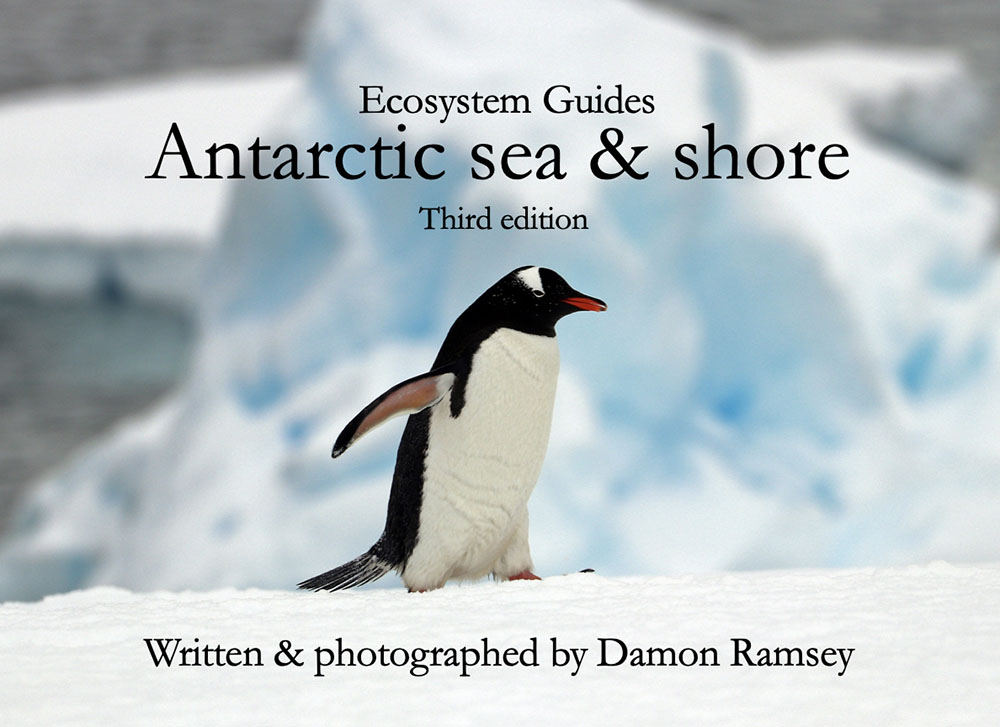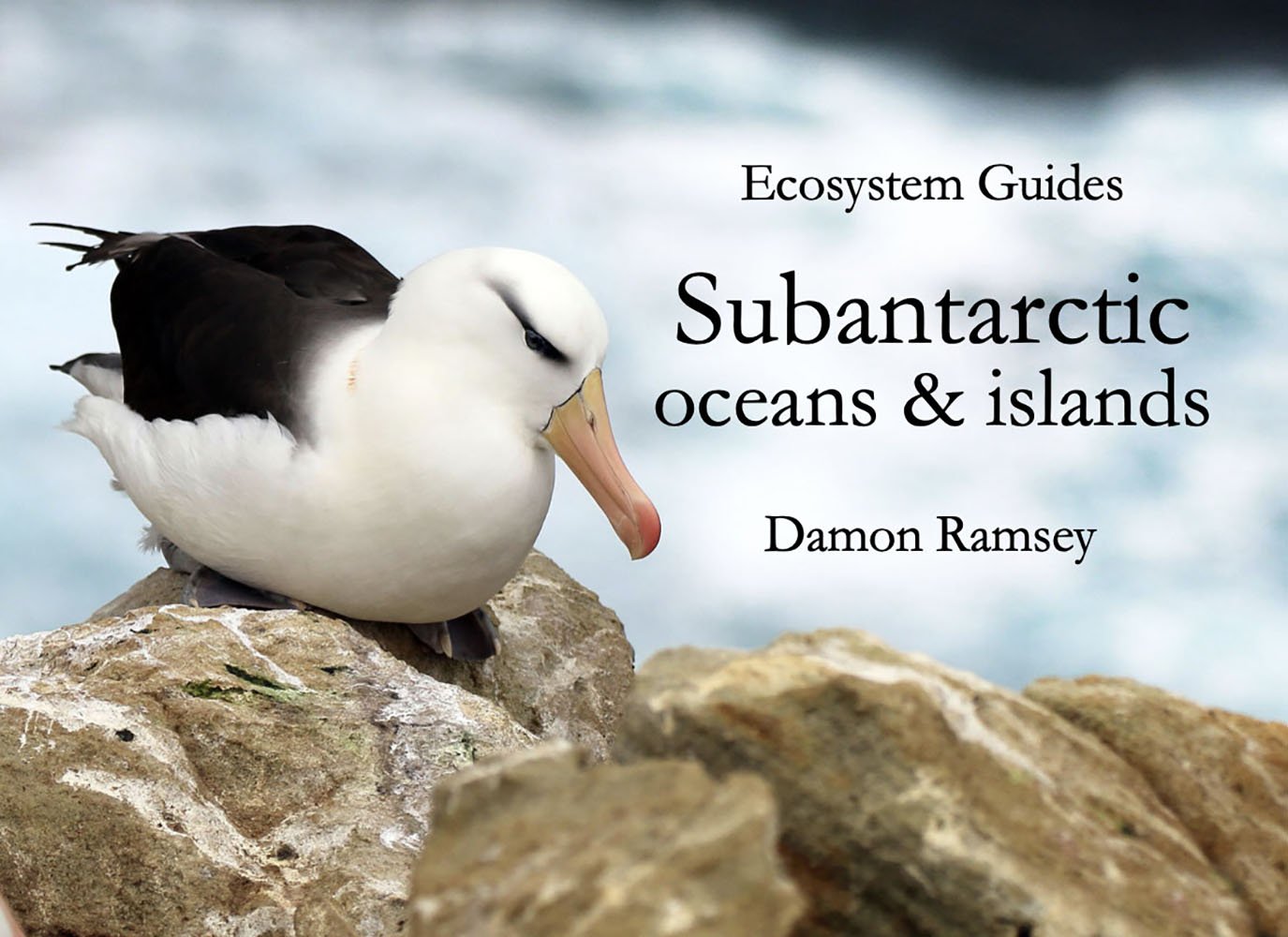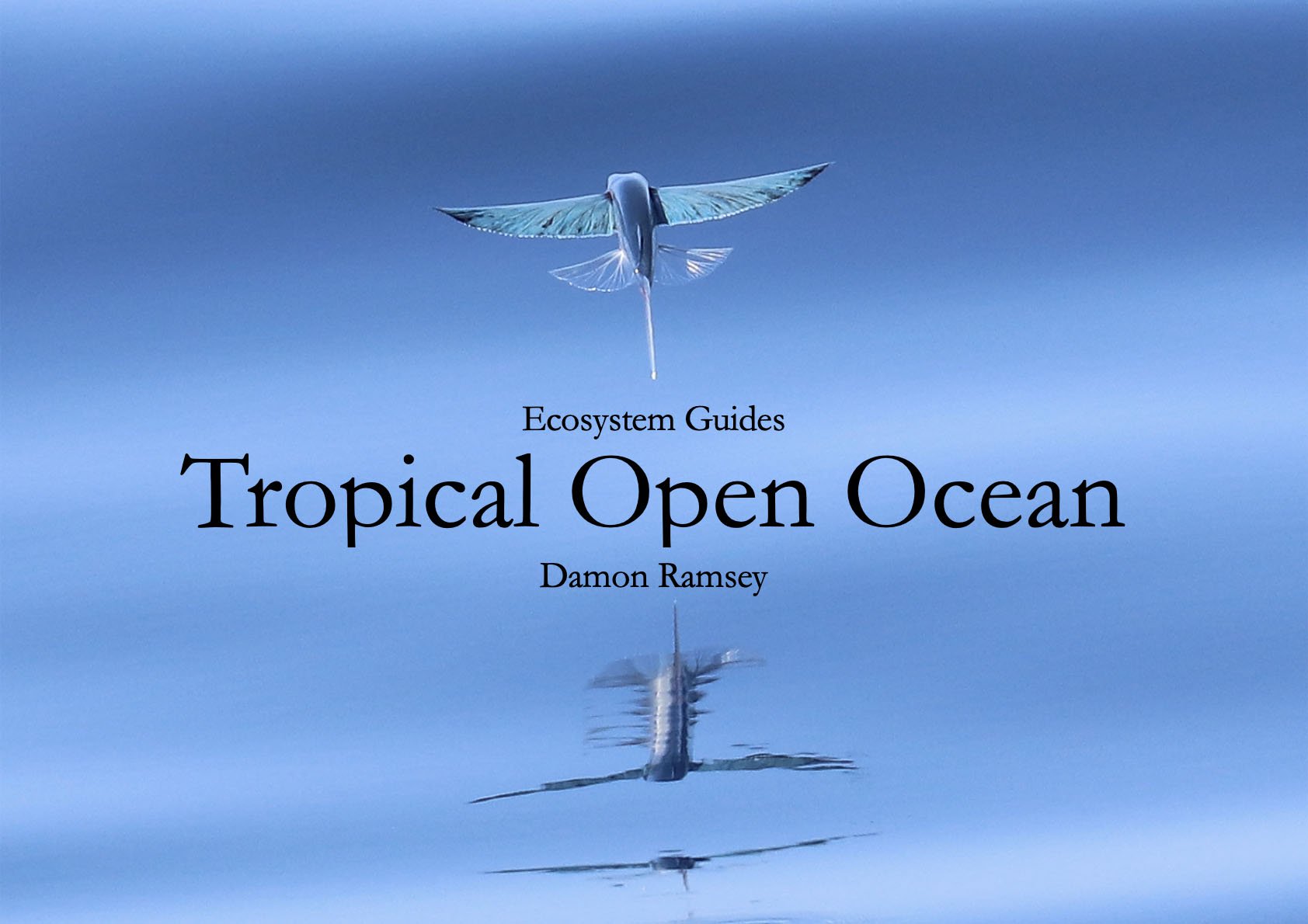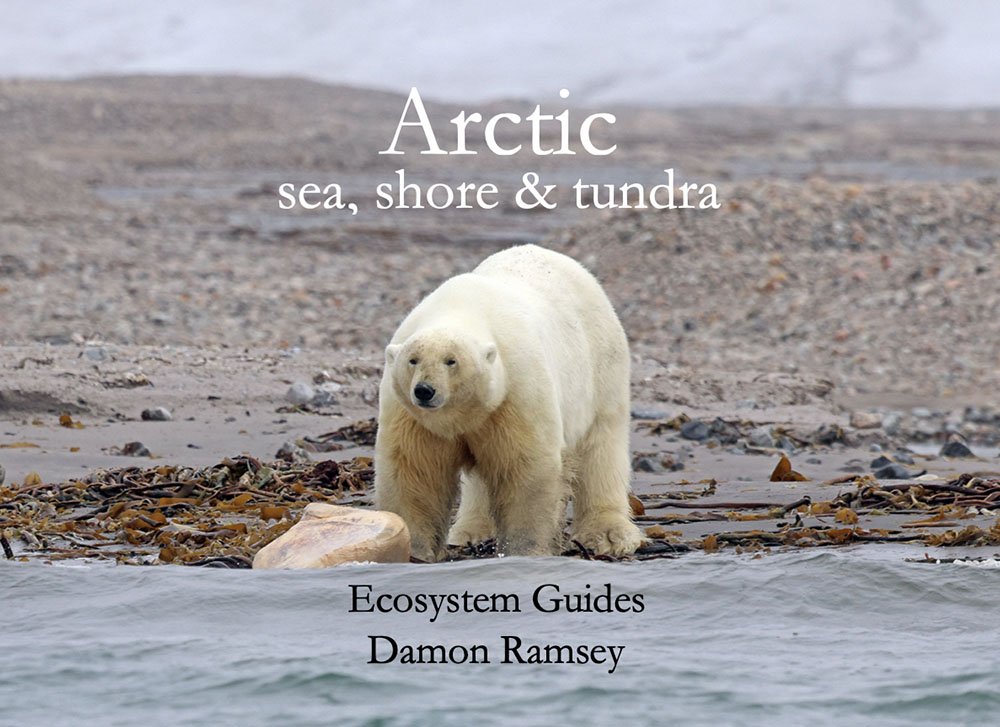ecosystem-guides.com
....exploring the planet's ecosystems
AFROTROPICAL
Monsoon Forest
(coastal east Africa)
Along the east coast of Africa are small patches of native forest. These areas are heavily cleared by humans, and populations of Homo continue to increase. The bits of jungle that are left are one of several habitats in what is sometimes classified as the 'Zanzibar Inhambane (Swahili) coastal forest mosaic'. This complex includes: taller lowland monsoon forest, shorter scrubby forest 'coral rag' on coralline limestone, and open Miombe woodland in drier areas. In many areas it is also directly adjacent to mangroves, where the estuarine waters invade. But the area is now mostly dominated by human modified areas such as farms, gardens and urban areas.
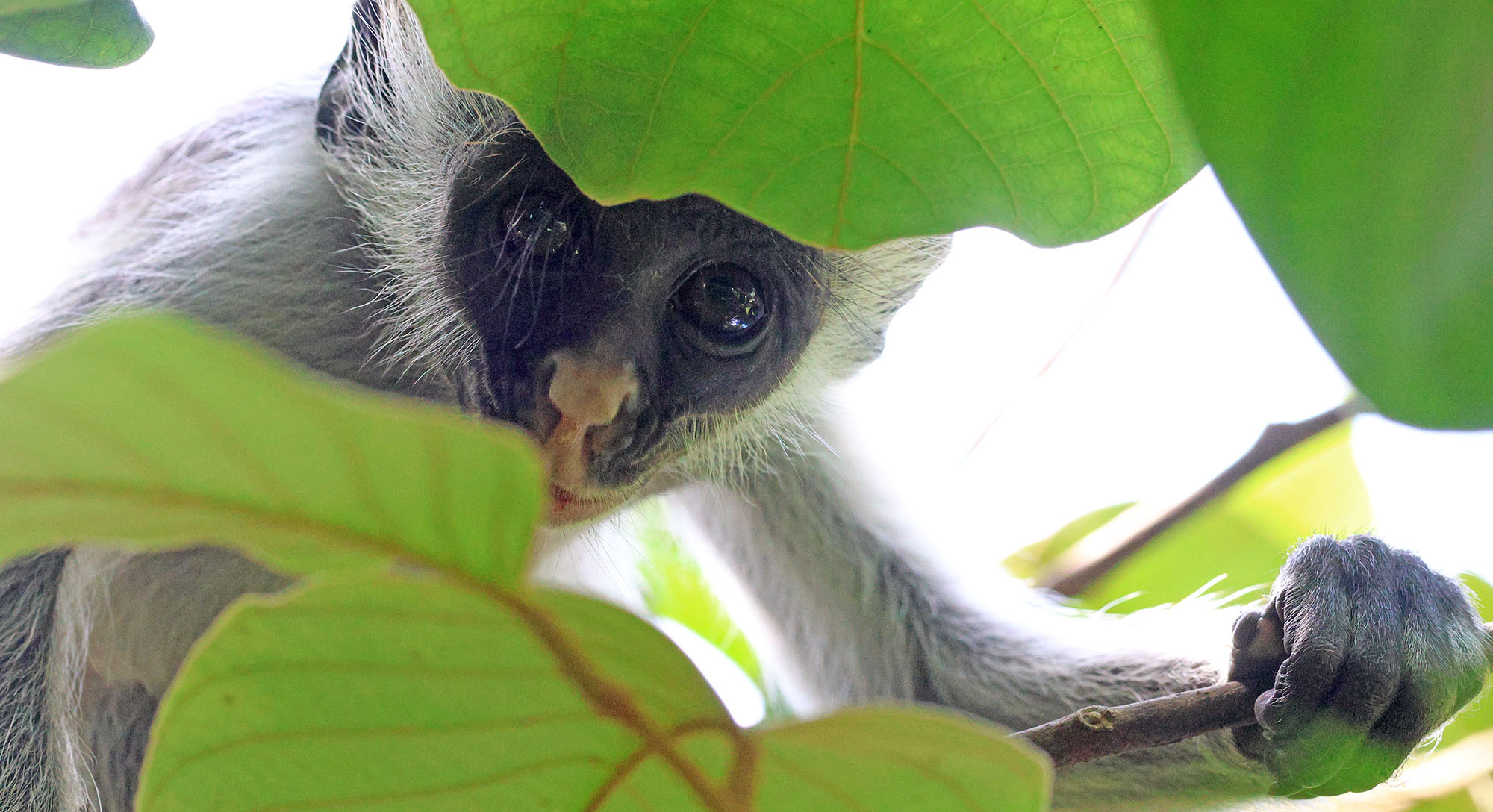 a young Zanzibar Red Colobus peers through the vegetation.
a young Zanzibar Red Colobus peers through the vegetation.There are several mammals to be seen in this drier forest. One of the most interesting but lesser seen groups, are the bizarre 'Elephant Shrews'. I have never seen one, but they are reported to run across dirt roads in the forest on Zanzibar, and in the same area I saw roadside accommodations advertising captive ones (unfortunately I couldn't stop to check). Other common and more easily see mammals include the 'Straw-coloured Fruit Bats' that often gather in colonies in these lighter forests, sometimes within human settlements.
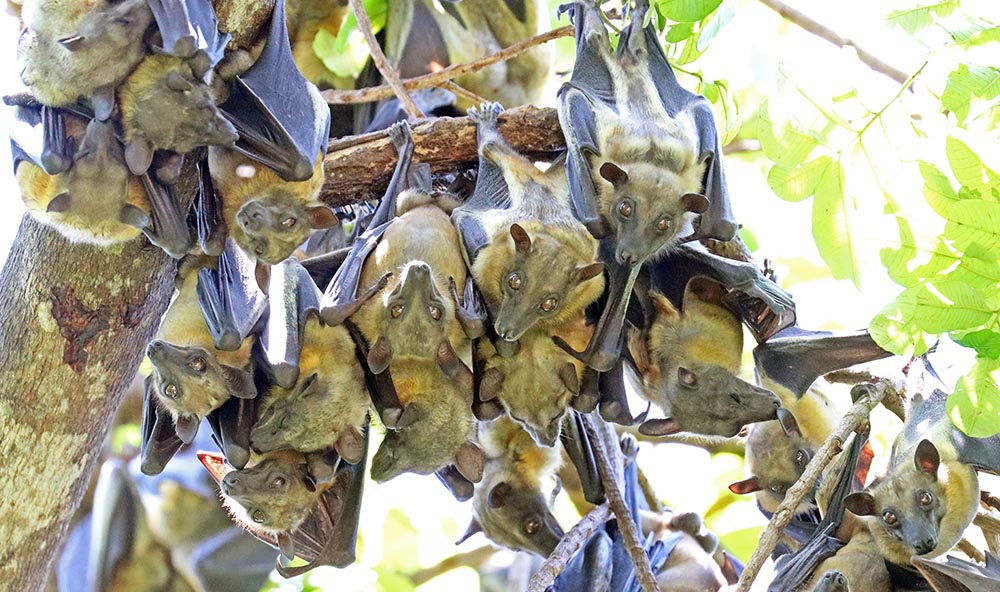 'Straw-coloured Fruit Bats' in a colony high up in a tree. Don't look up in awe with your mouth open, or you might find yourself eating some 'second hand' fruit! (Mozambique)
'Straw-coloured Fruit Bats' in a colony high up in a tree. Don't look up in awe with your mouth open, or you might find yourself eating some 'second hand' fruit! (Mozambique)There are some subpsecies and full species of primates endemic to these coastal areas. The best known is the 'Zanzibar Red Colobus Monkey' Procolobus kirkii (image below). There are thought to be less than three thousand individuals left on the planet, and this species is only found on the main island of Zanzibar.
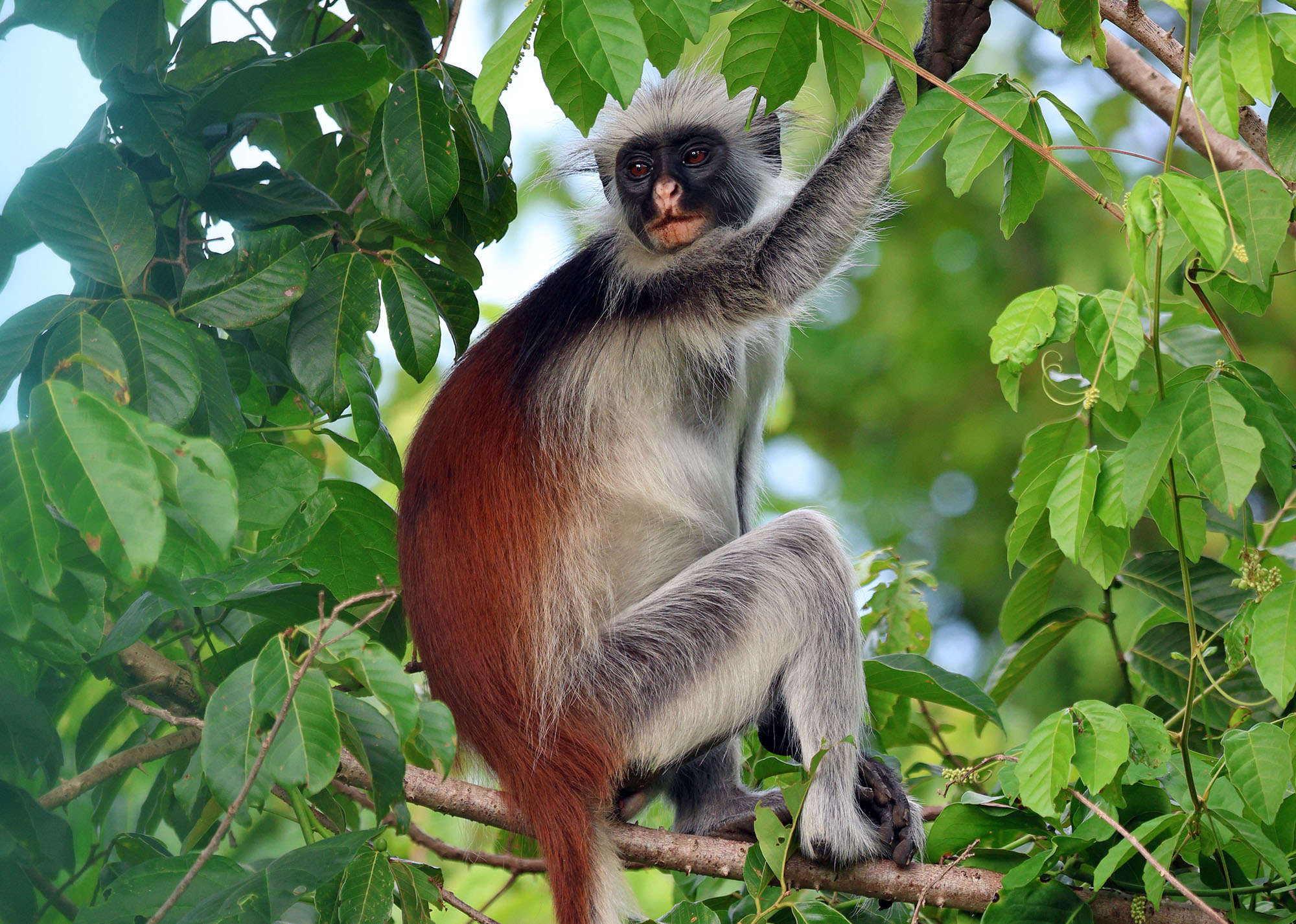
Another subspecies to look for is Cercopithecus mitis albogularis, the Zanzibar subspecies of the Sykes Monkey, which in turn is a subspecies of the widespread 'Blue Monkey' (image below).
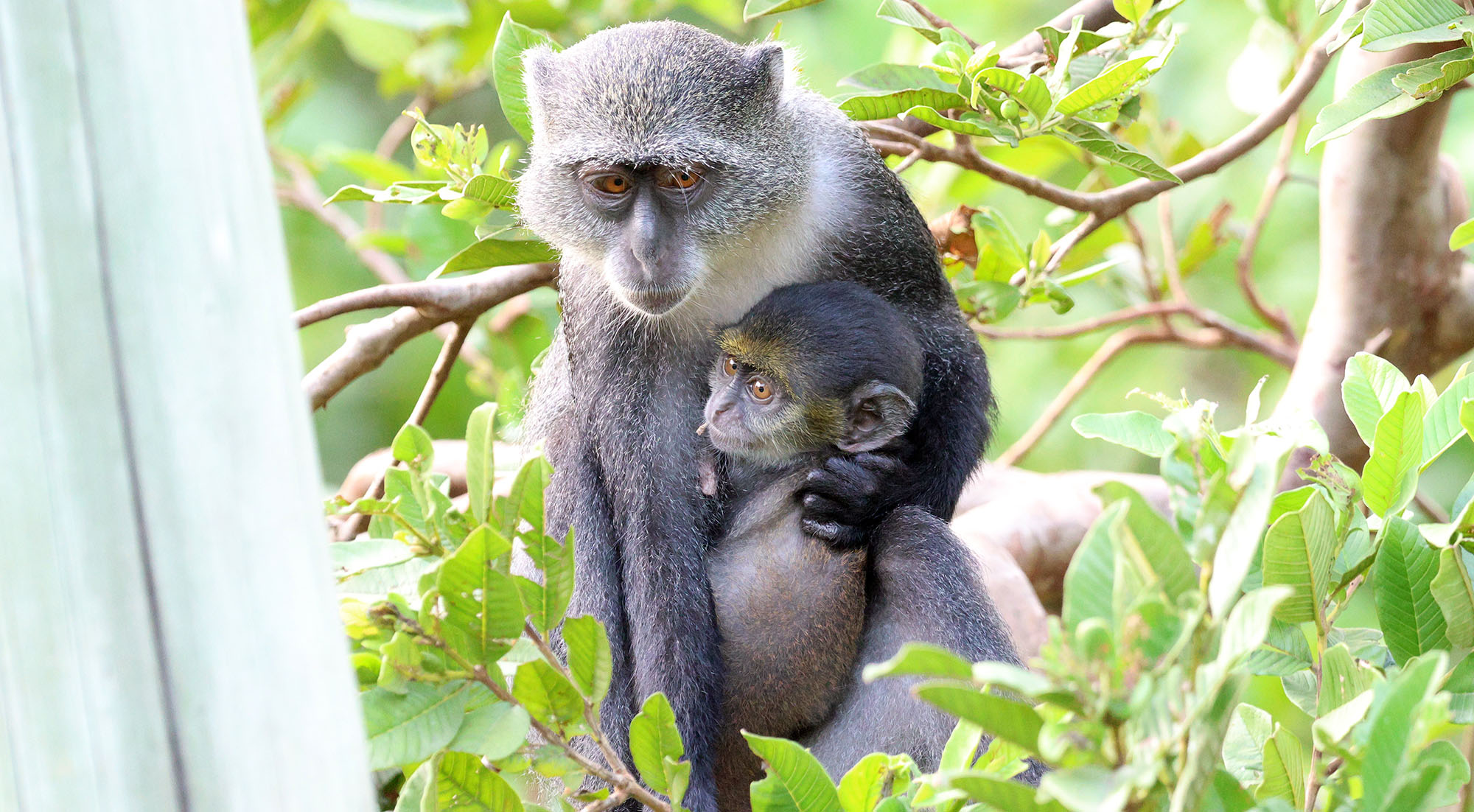
Places to explore the Monsoon Forest of coastal east Africa
One of the more popular tours and the main way to see the endemic Zanzibar Red Colobus Monkey is to visit the small Jozani (forest) Chwaka Bay National Park, on the island of Zanzibar. This is the only national park on the island, and is only a hour drive from Stone Town. This park also contains mangroves, with a boardwalk. The park has a network of small trails for finding the Blue Monkey and the endemic Zanzibar Red Colobus Monkey, and because the monkeys are surrounded by humans and their farms, they are used to people and you may have some close encounters! I have been here a few times with Silversea and Noble Caledonia.
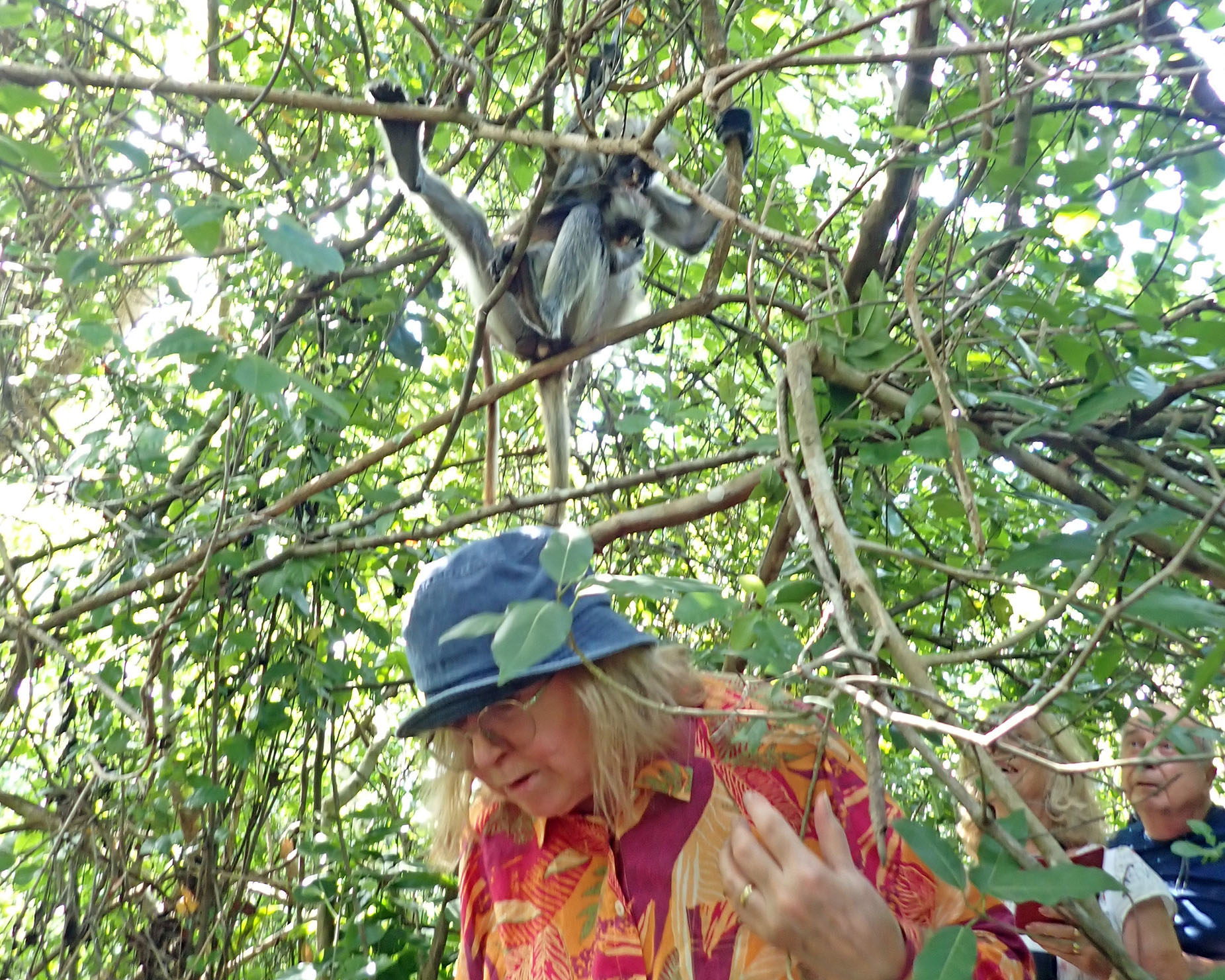 A Zanzibar Red Colobus with baby, above the heads of some visiting wildlife watchers (Jozani forest National Park, Zanzibar).
A Zanzibar Red Colobus with baby, above the heads of some visiting wildlife watchers (Jozani forest National Park, Zanzibar).to search this website (and the internet):
Your second block of text...
